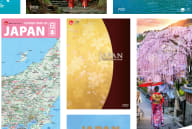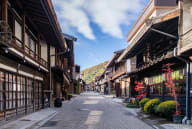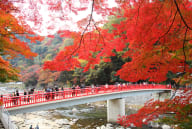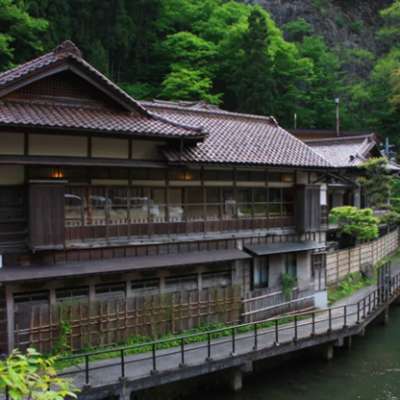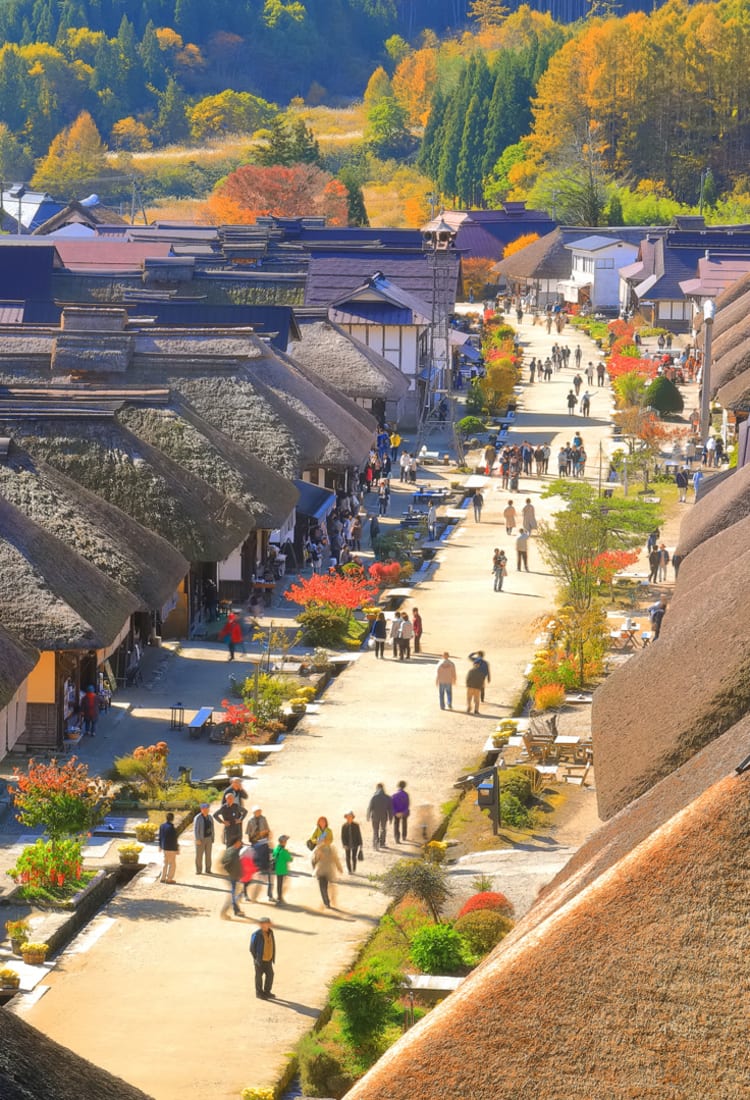
Fukushima Flavours that blossom in every season
A Culinary Journey in Fukushima
Fukushima Prefecture, located in the Tohoku region of Japan, is a land of diverse landscapes and rich agricultural heritage. From its picturesque Pacific coastline to its mountainous interiors, Fukushima's varied climate creates ideal conditions for a wide range of farming activities. The fertile soils and abundant water sources make this region a hub for high-quality agricultural production.
Fukushima is especially renowned for its luscious peaches, among the finest in Japan, delighting with their juicy sweetness and fragrant aroma. The prefecture also excels in producing other fruits like apples, pears, and grapes, each known for their exceptional flavour. Fukushima's sake, crafted from pure local water and top-grade rice, is celebrated nationwide for its unique taste and meticulous production methods. Traditional dishes such as Kitakata ramen, and fresh seafood from the Pacific coast add to the region's culinary richness.
In Fukushima, every meal is a celebration of nature and tradition. Whether savouring a perfectly ripe peach or enjoying the complex notes of local sake, the flavours of Fukushima promise an unforgettable gastronomic adventure.
Dive into Fukushima’s culinary wonders and taste the essence of this resilient region.
Negi soba (Soba noodles with a leek)

What it is (ingredients)
Negi soba is a delightful dish from Fukushima, consisting of buckwheat noodles (Soba) served with a large Japanese leek (Negi) used as both a garnish and an eating utensil. The soba is typically served in a hot or cold broth, with the leek adding a unique flavour and an interactive dining experience. The broth is usually a blend of soy sauce, mirin, and dashi, providing a savoury base for the soba noodles.
History/Origin
There is a theory that in the past, "cutting" Negi was considered bad luck because they were used for celebrations or as gifts to the local lord. As a result, green onions were used whole, without being cut. When you order the famous "Negi Soba," it comes with condiments and a whole Negi. This Negi can be used as a substitute for chopsticks and can also be eaten with the soba as a condiment.
When to Eat
Negi Soba can be enjoyed year-round. During the colder months, the warm broth and hearty noodles provide comfort and warmth. In the summer, cold soba noodles, served with a refreshing dipping soup, are a popular choice to help beat the heat.
Experience the distinctive taste of Negi Soba and discover the culinary traditions of Fukushima through this delicious and comforting noodle dish.
Kitakata Ramen

What it is (ingredients)
Kitakata Ramen, a famous local ramen from Kitakata City in Fukushima, is known for its soy sauce-based soup served with thick curly noodles. Some restaurants also offer salt-based or miso-flavoured soups as well. The soup has a light flavour, made from pork bones, dried sardines, and vegetables. Common toppings include Chashu pork, Menma (seasoned bamboo shoots), and green onions.
History/Origin
Kitakata Ramen has its origins in the early 20th century when Chinese immigrants introduced ramen to the region. Over time, it evolved to suit local tastes and ingredients, becoming a beloved staple of Kitakata City. The city's high-quality water, essential for making the noodles and broth, also contributes to the unique flavour of the dish. It is said to be one of Japan's top three ramen, along with Hokkaido's Sapporo Ramen and Fukuoka's Hakata Ramen.
When to Eat
Kitakata Ramen is enjoyed year-round and is popular among locals and visitors who come to the city specifically to sample this iconic dish. Whether enjoyed on a cold winter day for warmth or a sunny summer afternoon for a quick, delicious meal, Kitakata Ramen provides a satisfying experience any time of year.
Savour the unique and delicious flavours of Kitakata Ramen and immerse yourself in the rich culinary traditions of Fukushima.


















































